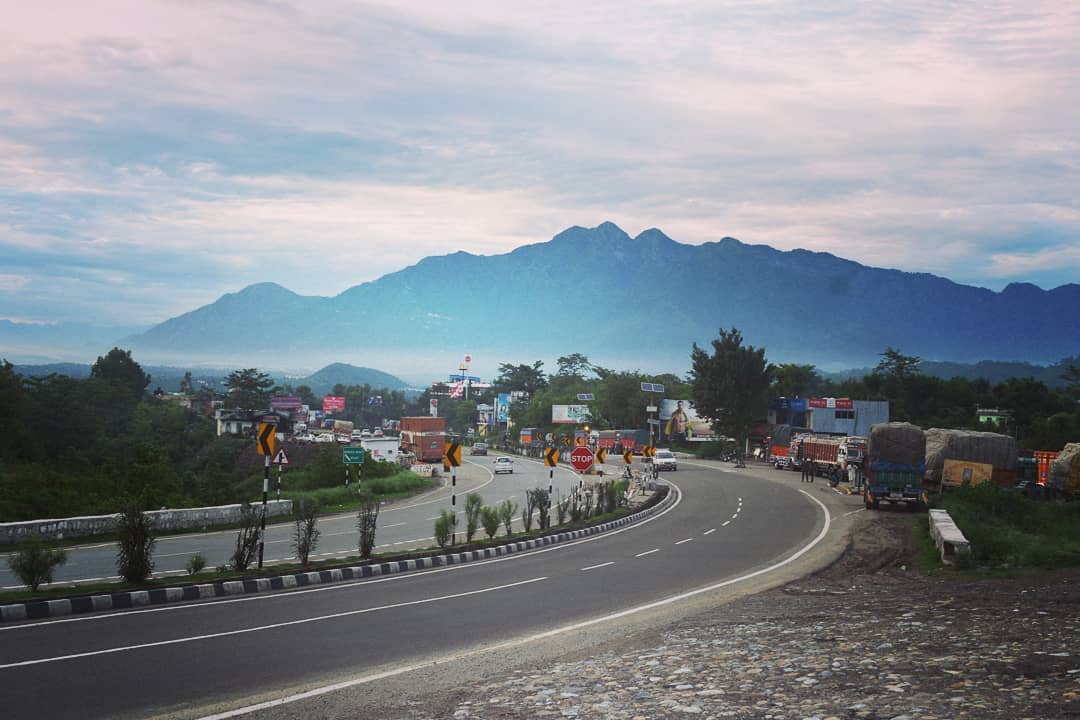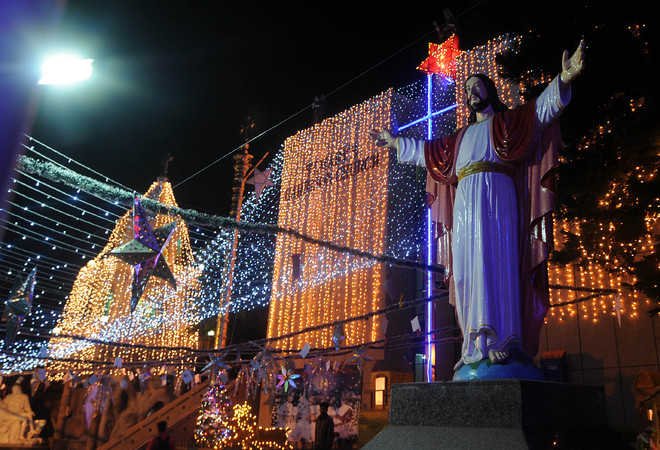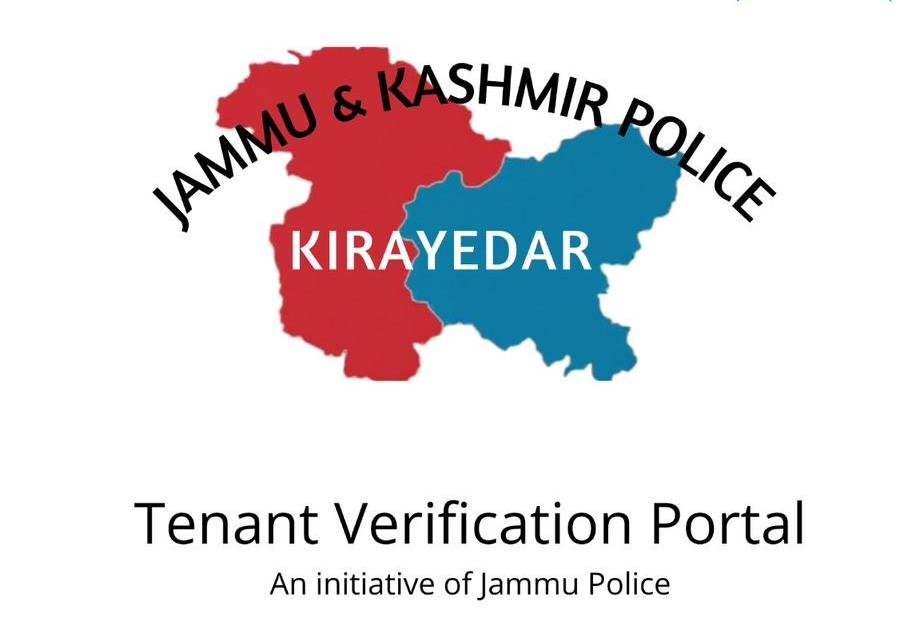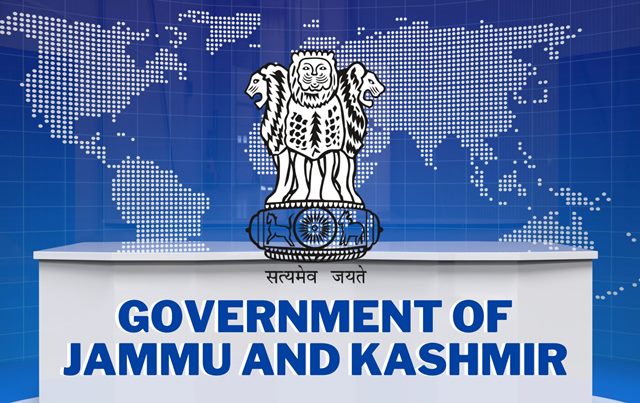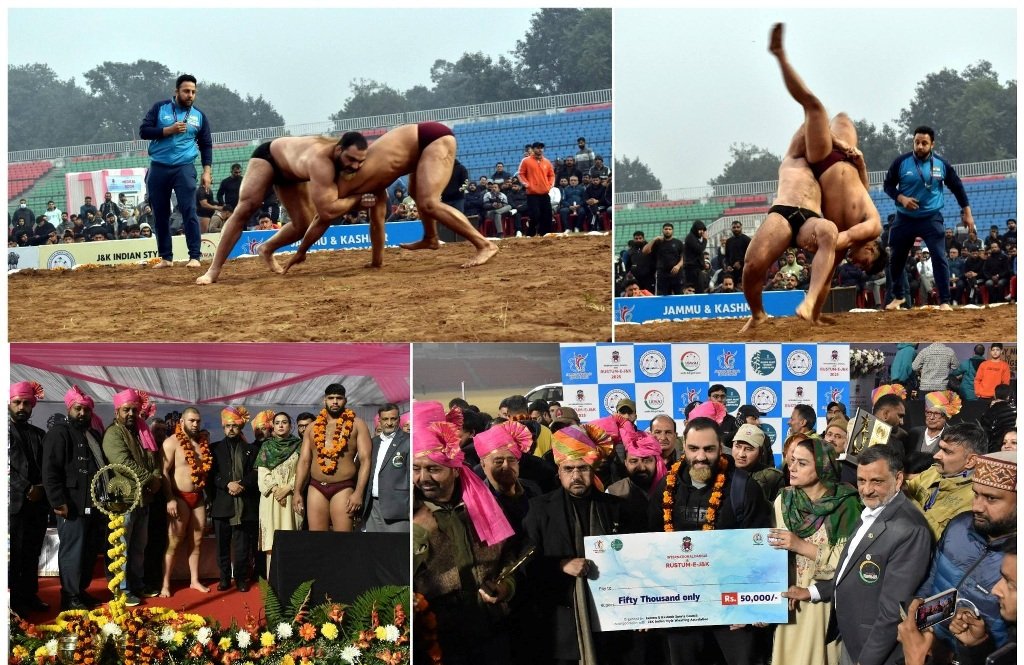When we think of calendars in the Indian subcontinent, names like the Gregorian, Vikram Samvat, Saka, and Hijri naturally come to mind. However, hidden in the rich cultural tapestry of India lies a lesser-known but historically significant calendar — the Dogra-Pahari Calendar (Dogra-Pahari Calendar), also known as Shastra Samvat. This calendar once guided the people of the Dogra Hills and formed an integral part of their administrative and spiritual lives.
Unlike today’s widely accepted time systems, the Dogras, known for their valor and heritage, had their own calendar that reflected their sovereignty and rich cultural lineage. Sadly, this system was eventually replaced by the more dominant Vikram and Gregorian calendars, leaving a once-thriving tradition almost forgotten.
The Legacy of Shastra Samvat in Dogra History
The Shastra Samvat, also called the Dogra-Pahari Samvat, is one of the world’s oldest calendars. Historical documents, treaties, and royal correspondence from the Dogra kingdoms often reference this calendar well into the first half of the 19th century.
It’s fascinating to note that inscriptions before the advent of Muslim rule rarely featured the Vikram or Saka eras within Dogra territory. When these eras did appear, they were far outnumbered by dates mentioned in the Shastra Era. The oldest known inscription using the Shastra Samvat dates back to the 7th century CE.
These epigraphical records, often carved on stone slabs adorned with mystical symbols, were installed as memorials by Thakkuras and Ranakas. These stones, commonly found throughout the hills of Durgaradesh, are especially abundant in the Chamba region, indicating its central role in preserving this unique calendar tradition.
Read also: Dals and Dogras: A Weekly Menu of a Traditional Dogra Household
Calendar Clashes: How Shastra Samvat Faded into Obscurity
Today, we count 2025 years in the Gregorian calendar, 2081 in Vikram Samvat, 1947 in Saka, and 1446-1447 AH in the Hijri calendar. But if you ask most people how many years have passed in the Dogra calendar, they won’t have an answer. This cultural amnesia is evidence of how the Dogra legacy has been pushed to the margins of mainstream Indian history.
This fading memory isn’t just about numbers; it represents a deliberate oversight in acknowledging the contributions of the Dogras to Indian civilization. Despite having their own timekeeping system, the Dogras are rarely credited for their intellectual and cultural advancements.
The Origin of Shastra Samvat and the Rise of Raja Shastri
The origin of the Shastra Samvat can be traced back to the legendary period of the Dwapar Yuga, when only 175 years remained before the beginning of the Kali Yuga. During this time, Raja Shakti Karan, a descendant of the iconic Dogra king Jambulochan, ruled over the Jamboo Kingdom of Durgara.
A brilliant ruler and an erudite scholar well-versed in the scriptures, Raja Shakti Karan earned the title Raja Shastri due to his devotion to the Shastras. Over a 37-year reign, he successfully unified the Dogra Janapadas under one banner and asserted his supremacy over neighboring kingdoms.
Birth of the Dogra Alphabet and the Shastra Era
Raja Shastri brought numerous innovations to his kingdom. One of his greatest contributions was the creation of the Dogra script, a writing system that predates the Devnagari script.
Nearly 138 years before the Yudhisthira Era, all the Janapadas of the Dogra hills acknowledged his authority. With blessings from Maa Kalka Bawe Wali, Raja Shastri formally introduced the Shastra Samvat, establishing it as the official calendar of the Dogra states.
To mark this monumental shift, he abolished all taxes, ushering in a new era of prosperity and unity. The Shastra calendar began on the day the Sun entered the Aries constellation (Mesha Rashi) — the auspicious day of Baisakhi, also known as Basoa. He also assumed the regal title “Durgareshwara”, meaning “Lord of the Durgara states and its chiefs.”
Read also: Scriptural Virasat: Understanding Gurmukhi, Takri, Lande, and Dogra Akkhar Connections
Baisakhi or Basoa: The Dogra New Year Celebration
The Basoa festival, popularly known across northern India as Baisakhi, holds deeper cultural significance in the Dogra region. For the Dogras, it marks New Year’s Day as per the Shastra Samvat.
Unlike solar or lunar calendars that have fixed or erratic month transitions, the Dogra-Pahari calendar aligns its month transitions with the solar transit — known locally as Sangrand. Each month begins with the Sun’s movement into a new zodiac sign (Rashi), a practice rooted in precise astronomical observations.
This sacred alignment reinforces the spiritual and seasonal connection of the festival. It is not just a time of harvest and renewal, but also a celestial commemoration of Dogra identity and heritage.
Shastra Samvat Today: 5299 Years and Counting
As of today, 5299 years of the Shastra Samvat have passed, making it one of the oldest continuous calendars in human history. While most people celebrate Baisakhi without knowing its connection to Dogra traditions, this ancient system continues to whisper stories of a proud civilization.
Reintroducing and celebrating this heritage not only pays homage to the Dogra kings but also revives a forgotten legacy that deserves recognition. By embracing Shastra Samvat and festivals like Basoa with historical awareness, we preserve a chapter of India’s cultural richness that has long been overlooked.
Read also: Inspiring Legacy of Dogra Ex-Serviceman Havaldar Gandharb Singh
Embracing Dogra Heritage Through Time
The Dogras, with their majestic past, unique alphabet, indigenous calendar, and deep-rooted spirituality, have contributed immensely to Indian history. Their Shastra Samvat calendar, anchored by the Basoa festival, is more than a timekeeping system — it is a symbol of cultural resilience and pride.
It’s time we reclaim these stories and bring them to the forefront of historical discourse. Through educational awareness, festivals, and cultural celebrations, we can ensure that the Shastra Era continues to shine for future generations.
Let Basoa not just be a harvest celebration, but a reminder of Dogra wisdom, unity, and the passage of time through their own lens.
With Inputs from Basoa (Baisakhi)- The New Year Festival of Dogras



